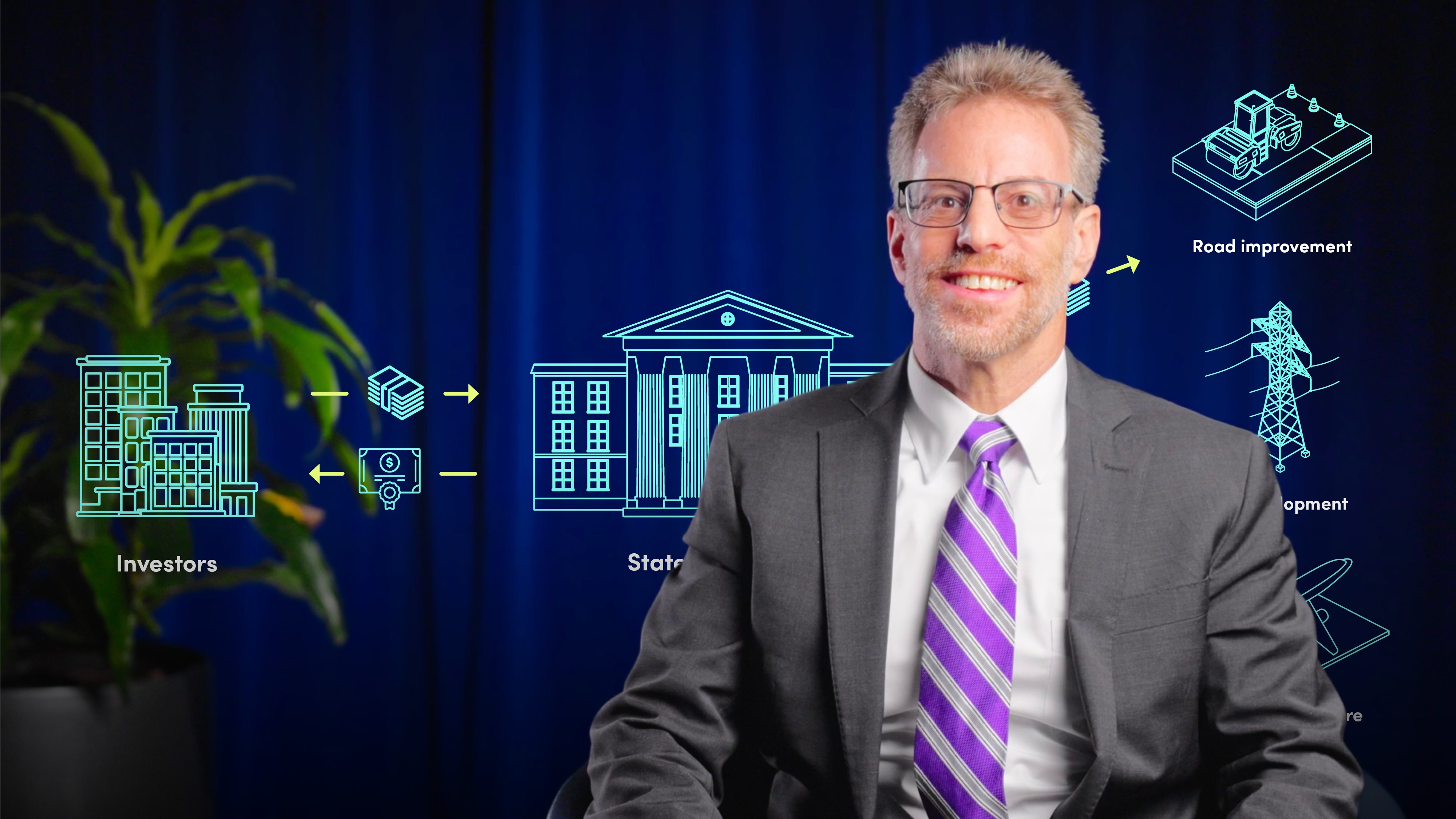
The Bipartisan Infrastructure Law

Wayne Mayer
30 years: Sustainability and Corporate Social Responsibility Executive
In this video, Wayne explains the Bipartisan Infrastructure Law (BIL), a $1.2 trillion investment signed in November 2021 to modernise U.S. infrastructure. He highlights its focus on enhancing transportation, electric grids, public transit, water systems, and broadband to support climate change mitigation, adaptation, and Environmental Justice. He further explains the economic benefits, including job creation and private-sector investment, and how businesses can leverage opportunities in clean energy and sustainable practices.
In this video, Wayne explains the Bipartisan Infrastructure Law (BIL), a $1.2 trillion investment signed in November 2021 to modernise U.S. infrastructure. He highlights its focus on enhancing transportation, electric grids, public transit, water systems, and broadband to support climate change mitigation, adaptation, and Environmental Justice. He further explains the economic benefits, including job creation and private-sector investment, and how businesses can leverage opportunities in clean energy and sustainable practices.

The Bipartisan Infrastructure Law
17 mins 2 secs
Key learning objectives:
Understand the BIL’s role in modernising U.S. infrastructure and supporting climate change mitigation and adaptation
Understand the different types of funding mechanisms under the BIL and how they support various projects
Explore how the BIL and IRA collectively promote Environmental Justice and create economic opportunities
Overview:
The Bipartisan Infrastructure Law (BIL) represents a historic investment in the modernization of U.S. infrastructure, focusing on enhancing transportation systems, electric grids, public transit, water systems, and broadband connectivity. Signed into law on November 15, 2021, the BIL allocates approximately $1.2 trillion to various infrastructure projects that are crucial for climate change mitigation and adaptation. By addressing infrastructure needs, the BIL works alongside the Inflation Reduction Act (IRA) to promote Environmental Justice, stimulate economic growth, and foster resilience against climate impacts. This legislation aims to create quality jobs, support clean energy initiatives, and improve community well-being through significant investments in both existing and new infrastructure.

Wayne Mayer
There are no available Videos from "Wayne Mayer"





















